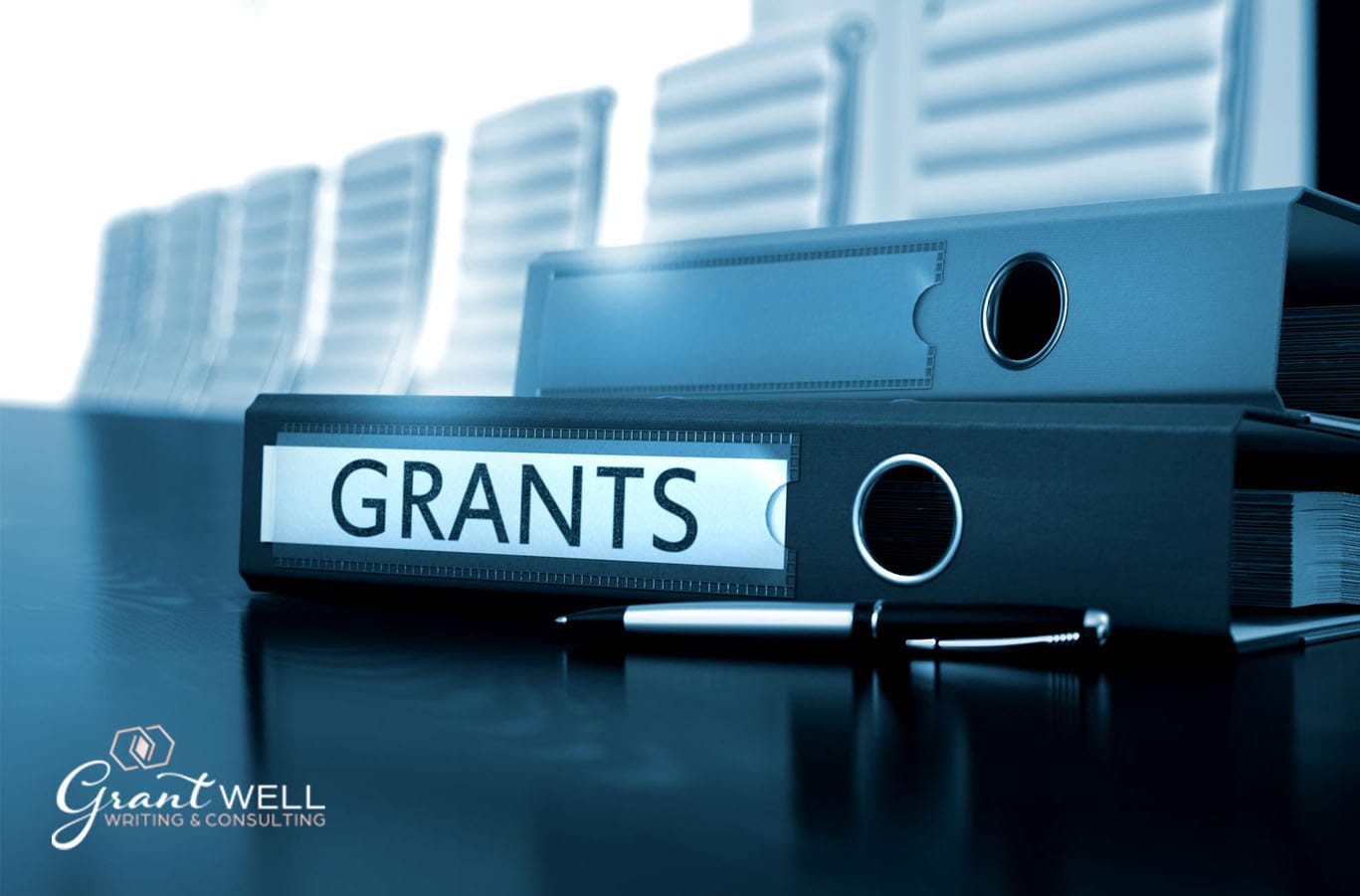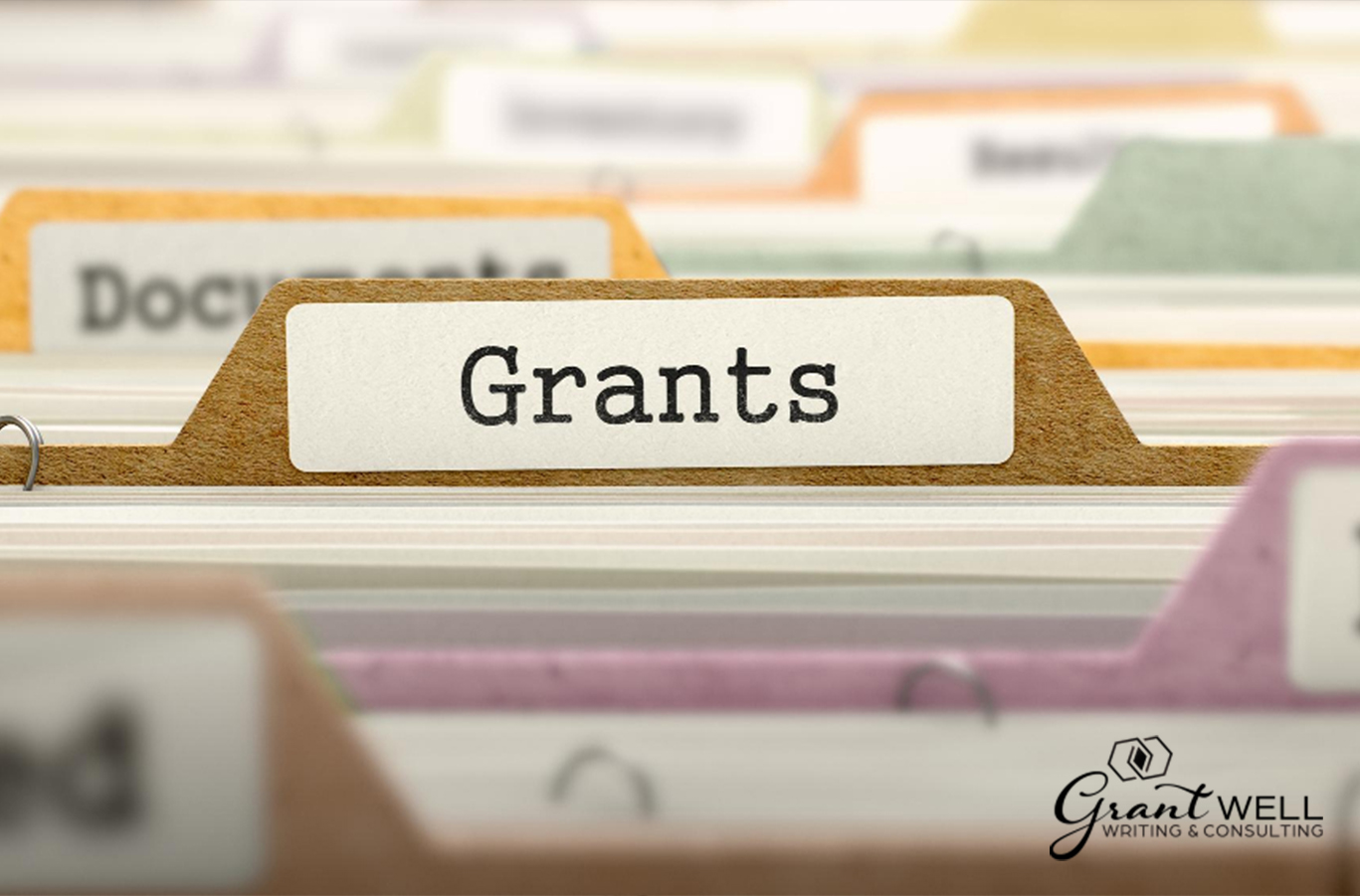Grant applications are fiercely competitive. If you approach a grant funder for the first time, there’s a good chance you’ll be turned down. Learn about the common misconceptions about grants. Even if you’ve never written a nonprofit grant before, knowing the following suggestions will help your organization stand out from the crowd.
Don’t: Submit a “Cold” Grant Application.
Develop a relationship with the potential funder before filing a grant application. Look for a prior relationship between a foundation employee and a member of your board, staff, or donor circle.
Make a connection if you don’t already have one. To begin, make a phone call to the funder and introduce yourself and your organization. Outreach can go a long way toward persuading a potential investor to accept your proposal. Starting on the proper foot with your involvement will help you get a lot closer to receiving a grant!
Do: Obtain a green light to apply
Research the foundation’s current fundraising priorities and constraints before you invest time in preparing your proposal. They may, for example, include a list of the types of funding proposals that are most likely to be declined. Grantmakers’ priorities shift over time, so be informed about what they’re looking to fund. It’s possible that they won’t be a good fit for your company. You won’t waste time drafting a specialized proposal only to have it rejected if you figure this out early on.
Call or email the funder to introduce your group and discuss the project or effort to increase your chances of receiving financing. To make the most of this essential first phone contact, plan ahead of time what you want to say. This ensures that your proposal is a good fit on both sides before you spend time drafting one. Additionally, this may assist you in determining which approach to pursue with your grant writing. Don’t make educated guesses about the greatest match or proposal strategy—get approval to apply!
Don’t Forget to Read the Basic Application Instructions
One of the most common blunders is failing to follow a funder’s specific proposal requirements. Review the foundation’s current application format, submission process, required attachments, and other instructions well before the deadline. You won’t miss any critical criteria this way.
Never scrimp on quality! This will show in your writing, implying to the reader that you didn’t give it enough attention and care. Ultimately, deviating from the instructions may result in your request being automatically rejected.
Match the funding period of the foundation.
If a proposal isn’t filed inside a foundation’s financing period, it will almost certainly be dismissed. Foundations have regulations for when you can make your requests, just as they do for how you construct your grant submission.
Confirm the grantmaker’s timeline specifications before submitting or even writing your grant submission. Your efforts will not be in vain in this manner.
Don’t: Ignore the importance of a compelling financial narrative.
A well-designed proposal budget follows the foundation’s required format, corresponds to the application story, and proves that your funding strategy is reasonable and feasible. To do so, present an accurate financial forecast, supports a clear need, and reflect a sound and long-term funding strategy.
Take it a step further by proving which expense(s) the foundation’s contribution will cover. Remember that the strongest grant proposals are those that elicit emotion and motivate action through a captivating story.
Do: Demonstrate that the previous grant was a wise investment.
Demonstrating that an organization is deserving of a foundation’s financial support is an important part of a wise grant-seeking approach. Provide an excellent, timely report for any previous funding granted by the funder to accomplish this. Submitting a request without first completing reporting criteria, on the other hand, is one of the quickest ways to get turned down.
Grants are viewed as investments by foundations and grantors as partners. As a result, you must demonstrate to them that their donations to your nonprofit are wise and well-considered investments. Remember to be honest about any flaws and explain how you’ve addressed them. You can position your organization as a good option for continuing financing by producing clear and honest reports.
Allowing Expectations to Exceed Capacity or Probability is not a good idea.
Knowing the funding environment and sticking to projections is one of the most important aspects of a grant-seeking approach. Set goals that are both attainable and attainable. Begin by looking into the chances of receiving support from a foundation. This will assist you in managing your expectations.
Know that if your organization has previously received foundation financing and reported effectively, the chances of continued support are higher. On the other hand, if this is your organization’s first grant application and the grant opportunity appears to be extremely competitive, your prospects of receiving funding are slim.
To put it another way, the more competitive an opportunity is, the more difficult it is to acquire funds. Create a grant strategy that includes a mix of low-risk, high-probability goals as well as higher-risk, lower-probability targets.




